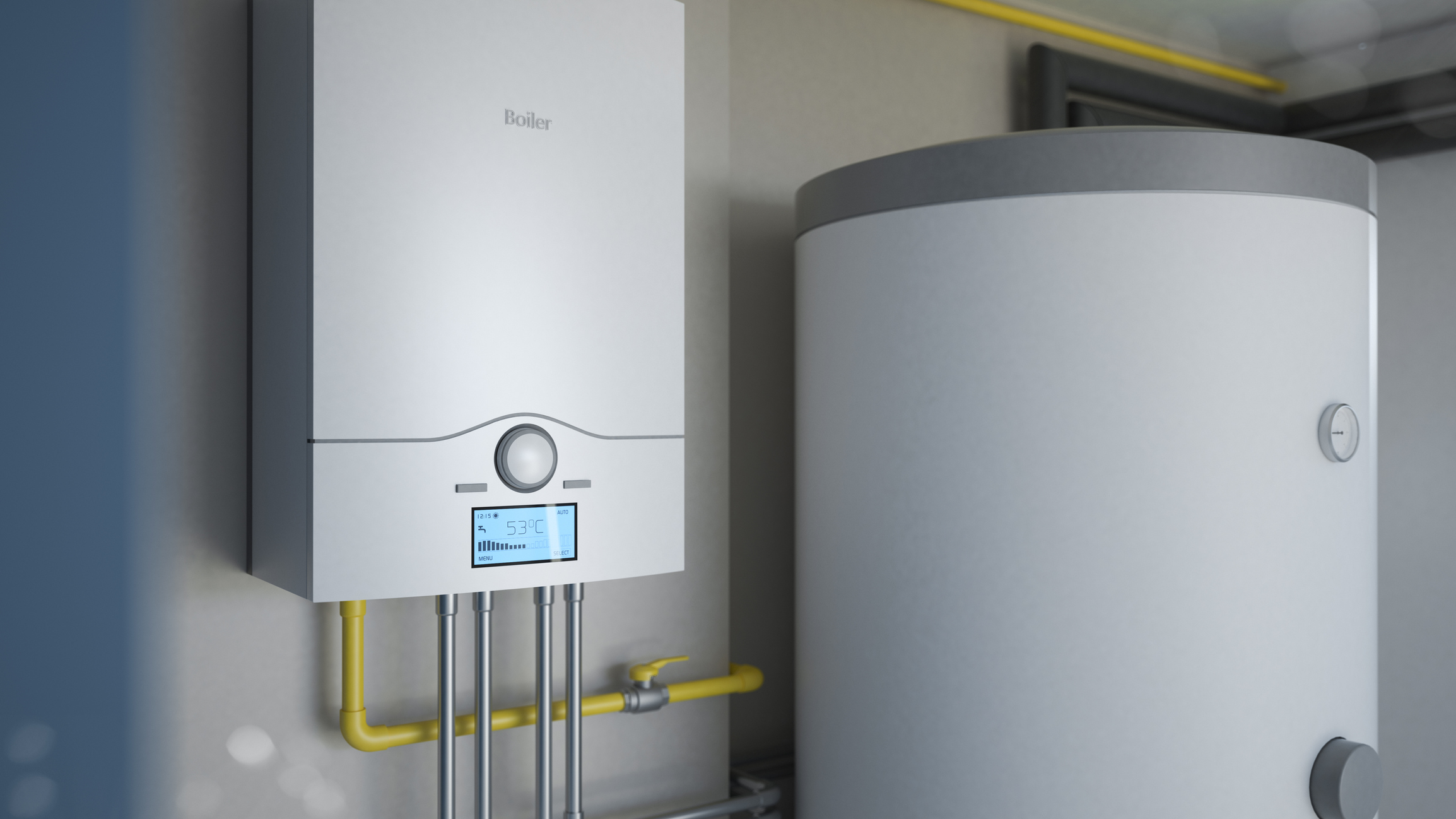How to Maintain Your Home's Hot Water System Properly
How to Maintain Your Home's Hot Water System Properly
Blog Article
How do you really feel in regards to How to Maintain Your Water Heater & Prolong its Life?

Warm water is necessary for everyday comfort, whether it's for a refreshing shower or washing recipes. To guarantee your hot water system runs successfully and lasts longer, normal maintenance is key. This write-up supplies useful ideas and insights on how to keep your home's hot water system to stay clear of interruptions and costly repair services.
Intro
Maintaining your home's warm water system might appear challenging, yet with a few basic steps, you can guarantee it operates smoothly for years to find. This overview covers everything from recognizing your hot water system to do it yourself maintenance ideas and recognizing when to contact specialist aid.
Significance of Keeping Your Hot Water System
Routine upkeep not only prolongs the lifespan of your warm water system however additionally ensures it runs efficiently. Disregarding upkeep can bring about lowered efficiency, greater energy costs, and even early failing of the system.
Signs Your Hot Water System Requirements Upkeep
Understanding when your hot water system requires attention can stop major problems. Watch out for indicators such as inconsistent water temperature, weird sounds from the heating system, or rusty water.
Comprehending Your Warm Water System
Before diving into upkeep tasks, it's helpful to understand the fundamental parts of your warm water system. Commonly, this consists of the hot water heater itself, pipes, anode rods, and temperature controls.
Regular Monthly Maintenance Tasks
Routine monthly checks can help catch small problems before they escalate.
Purging the Water Heater
Purging your hot water heater gets rid of debris buildup, improving effectiveness and extending its life.
Monitoring and Changing Anode Rods
Anode poles avoid rust inside the container. Examining and changing them when worn is critical.
Inspecting and Adjusting Temperature Settings
Adjusting the temperature level settings makes sure ideal efficiency and safety and security.
Do It Yourself Tips for Upkeep
You can carry out numerous upkeep jobs on your own to maintain your warm water system in leading problem.
Looking for Leakages
Regularly examine pipes and connections for leaks, as these can result in water damage and greater expenses.
Checking Stress Relief Valves
Checking the stress safety valve guarantees it functions properly and stops extreme stress buildup.
Insulating Pipelines
Protecting hot water pipes decreases warm loss and can save power.
When to Call a Specialist
While DIY upkeep is advantageous, some issues call for specialist expertise.
Facility Concerns Calling For Professional Aid
Instances include significant leakages, electrical troubles, or if your hot water heater is constantly underperforming.
Routine Specialist Maintenance Benefits
Specialist maintenance can consist of detailed assessments, tune-ups, and guaranteeing conformity with security standards.
Final thought
Regular upkeep of your home's hot water system is essential for performance, durability, and price savings. By adhering to these tips and recognizing when to seek specialist help, you can make certain a trustworthy supply of hot water without unforeseen disturbances.
Water Heater Maintenance Tips
Test the TPR Valve
Shut off the power and the cold-water supply valve. Place a bucket under the pipe connected to the temperature-pressure-release (TPR) valve on the top or side of the tank. (This valve opens if the tank pressure gets too high.) Lift the valve’s tab to let some water out, then let go. If water keeps flowing, drain the tank partway, unscrew the old valve with a pipe wrench, and install a new one. Check the Anode Rod
Put a hose to the tank’s drain cock and let out a few gallons of water. Now fit a 1 1/16-inch socket onto the rod’s hex head on top of the heater (or under its top plate) and unscrew the rod. If it’s less than ½ inch thick or coated with calcium, buy a new one, wrap its threads with Teflon tape, put it back in the tank, and tighten securely. Use this segmented rod if headroom above the tank is limited. Drain the Tank and Wash Out Sediment
Drain the remaining water in the tank into the bucket, then stir up the sediment on the tank’s bottom by briefly opening the cold-water supply valve. Drain and repeat until clean water comes out of the hose. Close the drain cock, refill the tank, and turn its power back on. Adjust the Temperature
Find the temperature dial on the side of the tank and unscrew its cover. Adjust the dial to 120 degrees using a flathead screwdriver. For every 10 degrees the temperature is lowered, you can expect to save up to 5 percent in energy costs. Turn the water heater off or the thermostat down to its lowest setting if you plan to be away from home for more than three days. Insulate the Pipes
Buy some self-sticking 3/8-inch-thick foam pipe insulation that matches the pipes’ diameter. Slide the foam over the hot-and cold-water pipes as far as you can reach. Insulating the cold-water pipe prevents condensation in summer. Peel the tape and squeeze the insulation closed. If the pipe is 6 inches or less from the flue, cover it with 1-inch-thick unfaced fiberglass pipe wrap. https://www.thisoldhouse.com/plumbing/21016402/how-to-maintain-a-water-heater

I am very interested in Tips For Maintaining Your Hot Water Heater and I hope you appreciated the new blog post. Liked our write-up? Please share it. Let others discover it. We value reading our article about What Kind of Maintenance Do Water Heaters Need?.
Call Today Report this page